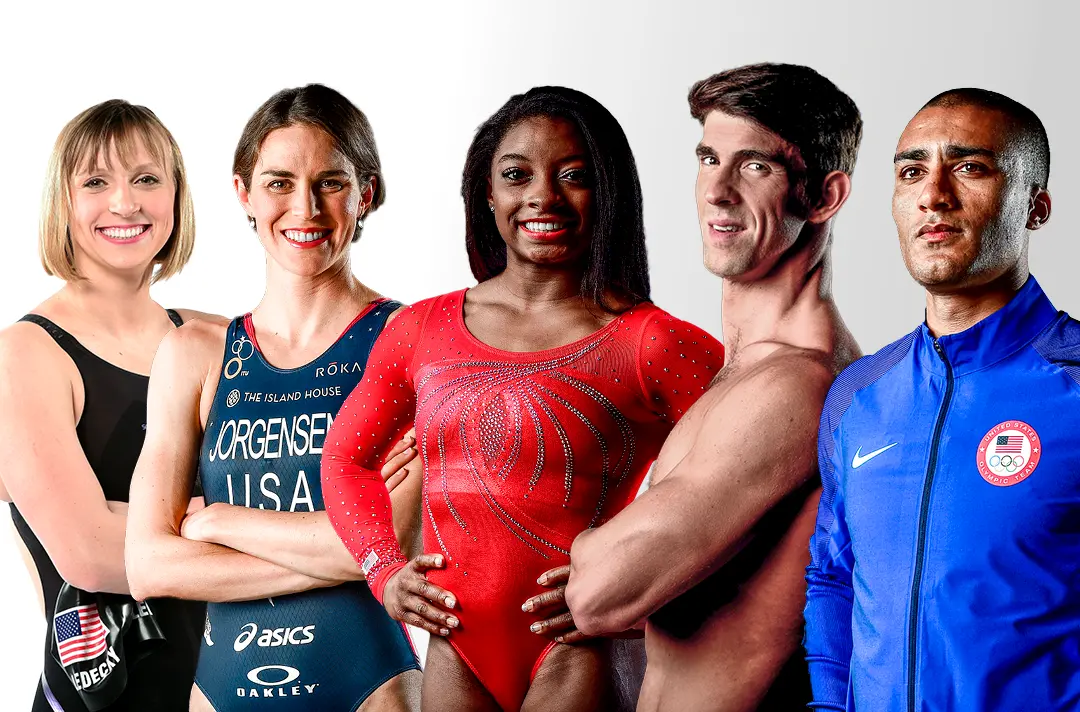Baseball’s ongoing free agency is an exciting time for fans, players, their agents, and front offices alike. Rumors swirl, dreams are wished, and eventually figures are written down on paper as contracts are eventually signed—each for tens or hundreds of millions of dollars, of course.
Then reality sets in and regret soon follows. Lather, rinse, repeat.
It happens every offseason.
Look at Boston last year. After finishing last in the AL East in 2014, the Red Sox focused their available bucks on offense—and apparently nothing else—and reeled in free agents Pablo Sandoval ($90 million over four years) and Hanley Ramirez ($88 million over four years) for roughly $178 million combined to help bring them out of the cellar.
Unfortunately, the result was another last-place finish in the AL East and two nearly-impossible-to-move contracts. Bravo. Boston’s deep pockets, though, can handle two bad contracts and keep going. But not every team can.
So what happened? The overweight Sandoval, whose main value was his hitting, didn’t hit, posting a career-worst .245 average while hitting just 10 home runs in 126 games. In addition, his defense—which was never Gold Glove caliber, yet good enough to stay at the hot corner—regressed as well, registering a -0.9 WAR (wins above replacement), according to baseball-reference.com. Overall, he was worth an overall -0.3 WAR for the season. Yikes.
Meanwhile Ramirez, who was moved to outfield for the first time in his career, fared slightly better (on offense, that is) hitting 19 home runs in 105 games, but he hit just .249. Meanwhile his defensive experiment of playing in Fenway Park’s outfield was worth an atrocious -2.5 WAR, and the Red Sox were forced to find another position for him to play.
Not every case plays out this poorly, but it’s a gamble nonetheless as teams are usually paying for past performance.
Here’s why. Unless a player is released, he has to wait a minimum of six years before he gets to venture into the free agent market free-for-all. By that time, players are usually in their late 20s or early 30s and the decline soon sets in—if it hasn’t already.
Sure, some players—like Barry Bonds—peaked later in their careers, but if a 37-year-old hit 73 home runs in a season nowadays, the league would probably make that player take urine samples on a round-the-clock basis until something showed up.





